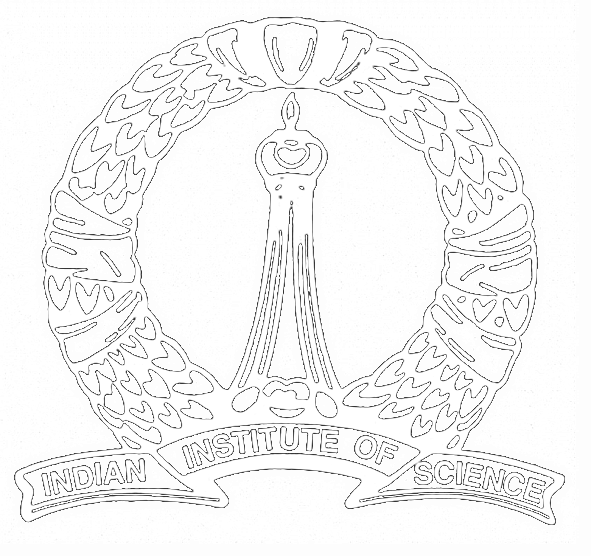PhD Thesis colloquium
Title: Contractivity and Complete contractivity
Speaker: Mr. Avijit Pal (IISc)
Date: 02 May 2014
Time: 2:00 - 3:00pm
Venue: Lecture Hall I, Department of Mathematics
We study homomorphisms $\rho_{V}$($\rho_{V}(f)=\left (
\begin{smallmatrix}
f(w)I_n& \sum_{i=1}^{m} \partial_if(w)V_{i} \\
0 & f(w)I_n
\end{smallmatrix}\right ), f \in \mathcal O(\Omega_\mathbf A)$) defined on
$\mathcal
O(\Omega_\mathbf A)$, where $\Omega_\mathbf A$ is a bounded
domain of the form:
\(\begin{eqnarray*}
\Omega_\mathbf A & := &\{(z_1 ,z_2, \ldots, z_m) :\|z_1 A_1
+\cdots + z_mA_m \|_{\rm op} < 1\}
\end{eqnarray*}\)
for some choice of a linearly independent set of $n\times n$
matrices $\{A_1, \ldots, A_m\}.$
From the work of V. Paulsen and E. Ricard, it follows that if
$n\geq 3$ and $\mathbb B$ is any ball in $\mathbb C^m$, then there exists
a contractive linear map which is not complete
contractivity. It is known that contractive homomorphisms of the
disc and the bi-disc algebra are completely contractive, thanks
to the dilation theorem of B. Sz.-Nagy and Ando. However, an
example of a contractive homomorphism of the (Euclidean) ball
algebra which is not completely contractive was given by G. Misra. The
characterization of those balls in $\mathbb C^2$ for which
contractive linear maps which are always comletely contractive
remained open. We answer this question.
The class of homomorphism of the form $\rho_V$ arise from
localization of operators in the Cowen-Douglas class of $\Omega.$ The
(complete) contractivity of a homomorphism in this class
naturally produces inequalities for the curvature of the
corresponding Cowen-Douglas bundle. This connection and some of
its very interesting consequences are discussed.
- All seminars.
- Seminars for 2014
